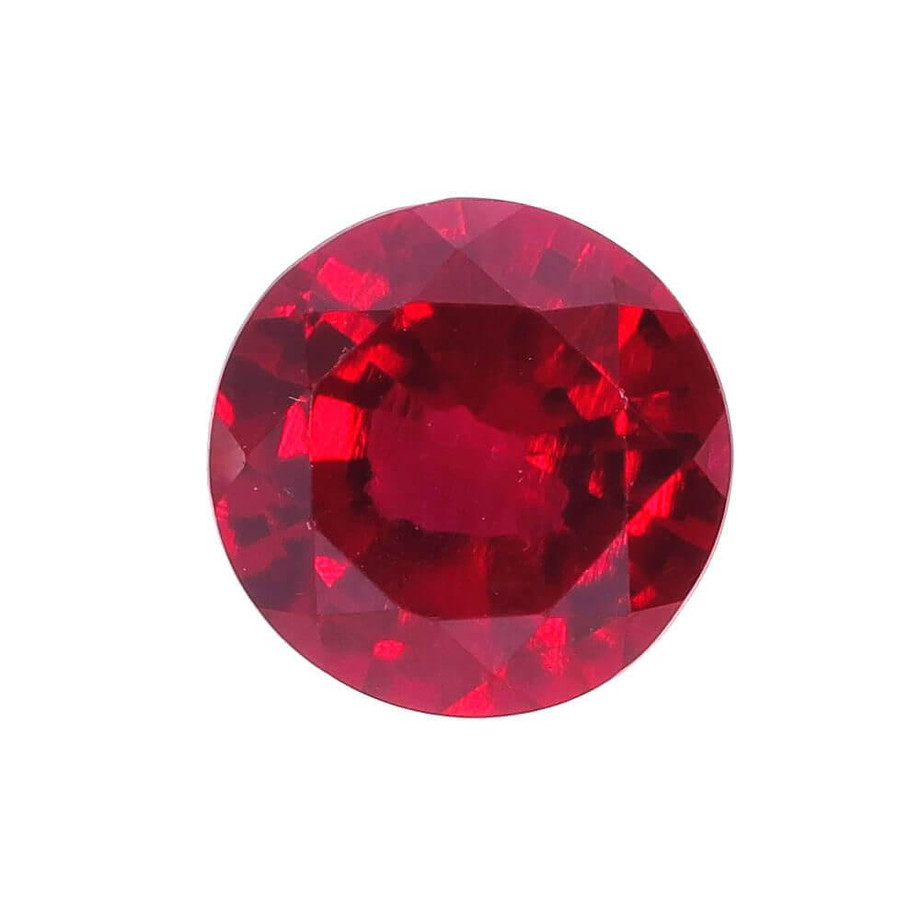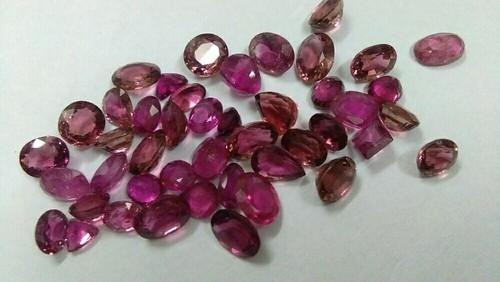All You Should Know About an Emerald Gemstone
With good quality stones, lab emerald is one of the most visually appealing and impressive gemstones often costing more than equivalent size diamonds. It has an interesting mineral composition apart from its visual qualities. Like people emeralds are often beautiful but never flawless, near-flawless stones are phenomenally extremely rare and expensive.
You can find chromium and vanadium inside an emerald but at its core, this gemstone is a variation of beryl, the same mineral as Morganite and Aquamarine. It has a hardness of around 7.5/8 on the Mohs scale. An important thing to remember is that because all emeralds are included and of their hardness rating, they are susceptible to damage.
Where does the name come from?
From Latin, the name emerald originated specifically from “Esmeraldas”. At its core, this name has a Greek origin.
What are the properties of Emerald?
Just like any other gemstone, Emerald Gemstone is widely known for having some properties that define its looks and value like color and clarity. While in the case of other gemstones clarity is very important because the reality is that the emerald color is the primary consideration. Of course, clarity is still a consideration. Although, some almost opaque stones can still be valuable if they have an intense color and are of a good size.
When you assess an Emerald Gem by color, there are three major components that you have to look out for, and these are tone, hue as well as saturation. Their primary hue is green, but sometimes you can find blue and yellow as being the secondary hues. The best emeralds you can find on the market are bringing around 75% tone and saturation. When it comes to emeralds normal saturation modifier is grey.
What is the Clarity of emerald?
Every emerald has its unique set of imperfections this is the interesting thing to know here. It’s very easy to identify a certain stone without that much hassle. You can find created emerald with an oval cut, emerald cut, or a rectangular cut, depending on the situation, with astounding results that you will enjoy.
Treatments
The synthetic emerald is usually treated with an oiling process that is used to fill all the cracks, as the means to improve the stability and overall clarity of the gemstone. In this regard, cedar oil is widely used but so are numerous other liquids such as polymers and synthetic oils for example.
Where are the emeralds mined?
Initially, during antiquity, the emeralds were minted in Egypt, India, and Austria, but nowadays countries like Zambia, Colombia as well as Tanzania, the US, Australia, and Afghanistan produce gem-quality Emeralds. Colombia especially is known for the quality of its natural emeralds, with some of the world’s finest examples coming from this region, where most of the mining is still done by small-scale artisanal miners. Mining in other locations, notably Zambia, is on a larger scale where companies such as Gem fields operate overseas larger-scale operations.
Emeralds differ when it comes to their structure and appeal, but their rich green color has caught people’s imagination for centuries and many countries have integrated this loose gemstone into their culture.



Comments
Post a Comment